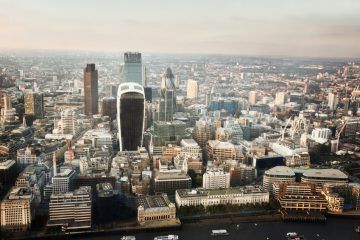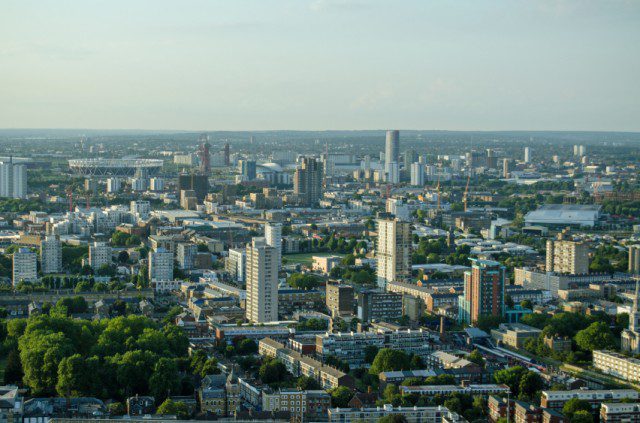One in Four Young Londoners Plan to Move out of the Capital
One in four young Londoners are planning to buy their first home outside of the capital, according to a new survey into the sentiment of the region’s young residents.
The cost of living was the main reason cited by 27% of respondents, who believe that it would be too expensive to purchase their first home in the capital.
A further 6% of 25-34-year-old Londoners said they would put down roots elsewhere to give themselves and their future families a better quality of life. Another 8% of the 2,007 young Londoners questioned plan to move out of the capital for “other reasons”.
Excluding the 42% of respondents who answered, “I haven’t thought about this yet”, the results were even stronger. A total of 74% said they will buy their first home outside of London for one of the above reasons.

One in Four Young Londoners Plan to Move out of the Capital
However, one in ten young Londoners said their love for the city would keep them there, while 4% cited “other reasons” as the main factor for staying in the Big Smoke.
The Director of Online Mortgage Advisor, which commissioned the survey, David Bird, says: “The stats from this survey evidence the sentiment that we’ve recognised in our own customers over the past couple of years. The number of first time buyers coming to us with enquiries about mortgages on properties outside the capital is on the rise, and we expect to see this continue as more and more people consider themselves to be priced out of London.
“In light of these results, we’ve created a tool called Is The Grass Greener?, which compares every single UK city, as well as London boroughs, to help first time buyers discover where they can get the most for their money and a quality of life that suits them. We’ve analysed both Government data and national statistics on a number of factors, including house price, crime rate, schooling standards and even the price of a pint!”
Using the tool, prospective first time buyers can see that Liverpool beats Wandsworth – a London borough with a population that is predominantly in its 30s – on statistics such as house prices, average first time buyer house price and cost of living. Manchester also has an average house price that is £429,201 cheaper than Wandsworth’s and has a higher capital growth rate.
The London Borough of Lambeth, which has a similar age demographic to Wandsworth, loses out to other cities, including Bristol, which has a much better crime and safety rate, along with lower petrol prices. According to UKCrimeStats, Bristol has a crime rate of 7.28, while Lambeth’s score is 15.16. This is based on crimes per 1,000 resident individuals.
Mark Homer, the Co-Founder of property education firm Progressive Property, comments: “Many younger Londoners want to live outside the capital as house prices become more detached from incomes, meaning that monthly payments and the deposit required to obtain a mortgage makes living in the capital unaffordable. This, coupled with the fact that many areas around London are still playing catch up with property prices, which have not risen as much since the credit crunch in areas around London as they have within, making these areas more affordable.
“Train services are also becoming quicker, with the East Coast Main Line, Crossrail and HS2 reducing journey times to the city, making commuting a viable option even from locations which were previously discounted as commuter locations. As the population of London grows, this trend is likely to continue, meaning areas surrounding London are likely to experience higher than average house price growth.”
Rose Jinks, of Landlord News and Just Landlords, explains how the change is affecting the private rental sector: “It’s not only first time buyers that are leaving the capital; landlords too are looking to other parts of the UK for high tenant demand and better rental yields.
“This should mean that those moving from London to other thriving cities should find an abundance of suitable rental properties before they can get onto the housing ladder themselves. Investing in large cities outside of the capital can therefore provide a win-win situation for all involved in the property market.”
However, she urges: “As ever, we encourage all landlords that provide rental housing to consider their tenants when setting rent prices, keeping the property safe and complying with rules and regulations governing the private rental sector. This will drastically improve the lives of those unable to buy their own homes.”







